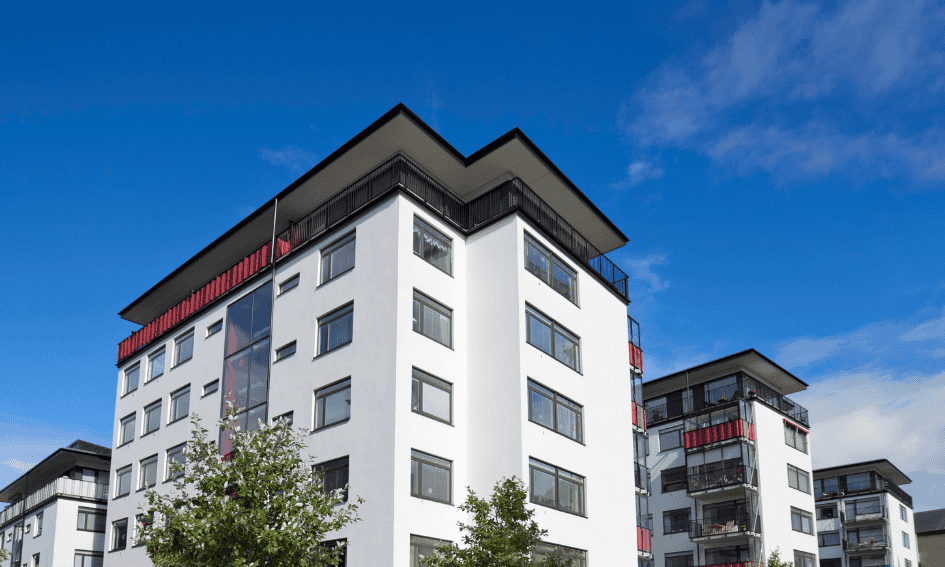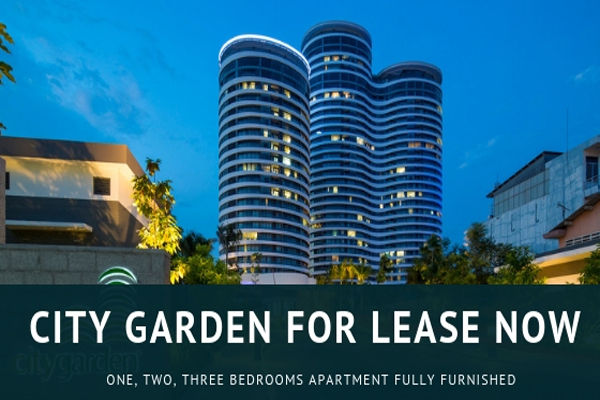Ho Chi Minh City Marketbeat – Residential Real Estate Report 2025
01 Oct, 2025

Ho Chi Minh City Marketbeat in the residential real estate sector has become a key focus for buyers, renters, and investors alike. As Vietnam’s largest economic hub, HCMC consistently leads in both apartment supply and demand. The growing expat community, combined with rapid urbanization, has shaped a diverse, competitive, and promising market. This article summarizes the latest data on supply-demand dynamics, sales prices, rental levels, and upcoming trends, providing you with a clearer perspective before making your next move.
Market Overview – Supply and Demand in HCMC
Ho Chi Minh City’s apartment market remains vibrant, driven by steady demand and a continuous flow of new supply. According to CBRE and Cushman & Wakefield reports, 2024 saw tens of thousands of new units launched, with concentration in Thu Duc City, District 7, and western districts.
Demand is fueled by two main groups: local buyers—primarily young professionals and middle-class families—and investors. Additionally, the growing expat community has boosted the rental market, particularly in areas such as Thao Dien, An Phu, and Binh Thanh.

Average Prices and Rent Levels in Ho Chi Minh City
Based on 2024 data from CBRE and Savills, apartment sale and rental prices in HCMC vary significantly by segment and location:
| Segment / Unit Type | Avg. Sale Price (USD/m²) | Avg. Rental Price (USD/month) |
| Affordable apartments | 2,200 – 3,000 | 500 – 800 (1BR) |
| Mid-range apartments | 3,000 – 4,500 | 700 – 1,200 (2BR) |
| High-end apartments | 4,500 – 6,000+ | 1,200 – 2,500 (2–3BR) |
| Penthouse/duplex units | 6,000 – 8,000+ | 3,000 – 5,000+ |
Premium districts such as District 1, District 3, and Thao Dien record the highest prices, while suburban areas like Binh Chanh and Nha Be remain more affordable for end-users.
Key Residential Areas in Ho Chi Minh City
The residential market in HCMC is highly segmented by location, catering to different buyer and renter profiles:
- Districts 1 & 3: Central districts with luxury projects, the highest prices in the market, ideal for high-net-worth individuals and long-term investors.
- Thao Dien & An Phu (Thu Duc City): Known as expat hubs with a large international community and strong amenities, both sales and rental prices are premium.
- Binh Thanh & Phu Nhuan: Close to downtown, more affordable than the CBD, popular among young professionals, middle-class families, and long-term renters.
- Nha Be & Binh Chanh: Emerging suburban districts with new supply and competitive pricing, suitable for end-users and investors seeking growth potential.
Investment Drivers and Market Trends
Ho Chi Minh City’s residential market is driven by several key factors:
- Rapid urbanization: A steadily growing population creates strong, long-term housing demand, especially among the young middle class.
- Stable FDI inflows: Vietnam continues to attract foreign direct investment, generating housing demand for international professionals.
- Infrastructure upgrades: Metro lines and intercity highways will enhance connectivity, boosting property values along these corridors.
- Expat trends: The expanding expat community, concentrated in Thao Dien, An Phu, and Binh Thanh, supports both sales and rental markets.
- Segment shift: Local buyers are moving from affordable units toward mid-range and high-end apartments, reflecting a demand for better living standards.
Forecast and Outlook
Over the next 6–12 months, HCMC’s apartment market is expected to remain stable with several key highlights:
- New supply: Upcoming projects in Thu Duc City, Binh Chanh, and Nha Be will deliver significant new stock, expanding choices for buyers.
- Sales prices: Average apartment prices are projected to rise moderately by 3–7% annually, particularly in areas near metro lines or major infrastructure.
- Rental market: Expat and international professional demand is set to grow, especially in the mid- to high-end rental segments.
- Opportunities: Investors can benefit from competitive entry prices and long-term capital appreciation.
- Challenges: Legal restrictions on foreign ownership and limited market transparency remain issues to be carefully considered.
Conclusion
Ho Chi Minh City’s residential market continues to demonstrate strong appeal, driven by rapid urbanization, robust local demand, and a growing expat presence. Sales prices remain competitive compared to regional markets, while the long-term growth outlook remains promising. Nevertheless, legal restrictions and limited transparency are factors that both buyers and investors—especially foreigners—should carefully evaluate.
So, with today’s outlook, do you think now is the right time to buy or rent an apartment in Ho Chi Minh City?

